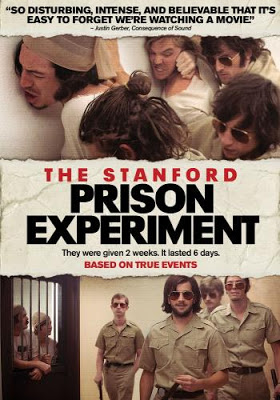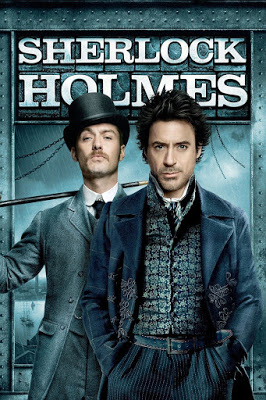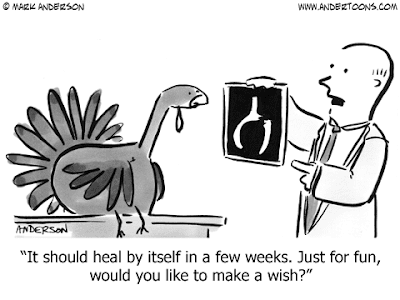Ah, the super villain Livewire. Not sure she was all that much of a challenge for Superman but there you have it: electricity, spandex, and crazy hair. The perfect foe. I wonder if she will make an appearance in the latest Supergirl TV series?
So, today the MiWORD of the day is piezoelectric. Sounds like a fancy name for a downtown pizzaria – but it’s not. Way back before Roentgen discovered x-rays, Pierre and Jacques Curie in 1877 discovered a phenomenon that occurs when crystals are mechanically distorted by external pressure so that an electrical potential develops between the crystal surfaces: the piezoelectric effect. The term was coined by the brothers from the Greek for “pressure-electricity”. So basically, certain crystals (which include quartz, topaz, tourmaline…) can convert electrical to mechanical energy and vice versa.
Why is this important you ask? Well, because this discovery lead to the development of microphones, earphones, and most importantly for us – ultrasound. Based on the physics of sound and not light, ultrasound captures images by manipulating and analyzing sound waves, very high-frequency sound waves as they bounce off surfaces and echo back to the sender. The idea of getting some kind of image from sound waves was first thought of after the sinking of the Titanic in 1912: detecting submerged icebergs with sound reflection.

A little later, in Austria, two brothers Karl and Friedreich Dussik (do you see a trend here?) transmitted sound waves through a patient’s head in 1937. This and then the development of the SONAR (sound navigation and ranging) in WWII was the ground work needed to launch the field of ultrasonography. It would take, however, 20 years after WWII for ultrasonography to become a commercial reality.

Not only is ultrasound one the oldest medical imaging technologies but it is also an important tool for visualizing soft tissue structures in medical diagnosis, follow up of disease processes and pregnancies. Cool.
Now for the fun part (see the rules here), using piezoelectric in a sentence by the end of the day:
Serious: Mom went for her ultrasound today. Told me that I am going to have a little baby sister! She had to wait a while to have her scan because the piezoelectric transducer was on the fritz – again.
Less serious: Hey Bob, do you remember a pizza place on Electric Avenue in Calgary? Piezoelectric something or other? All closed down now. What a shame…
…I’ll see you in the blogosphere.
Pascal Tyrrell










